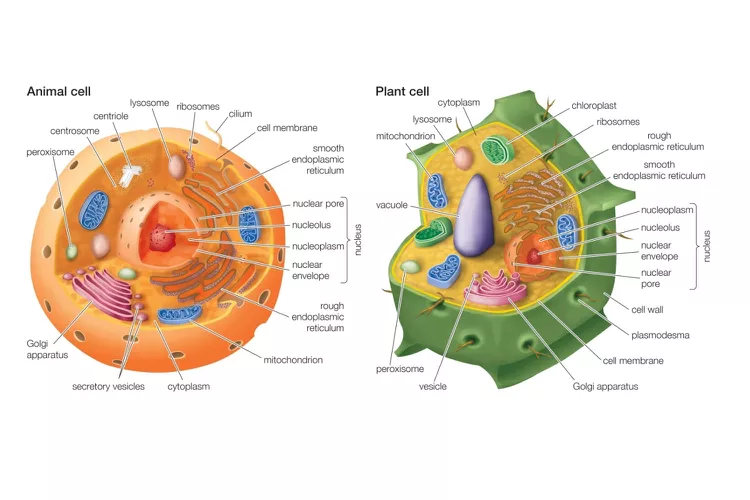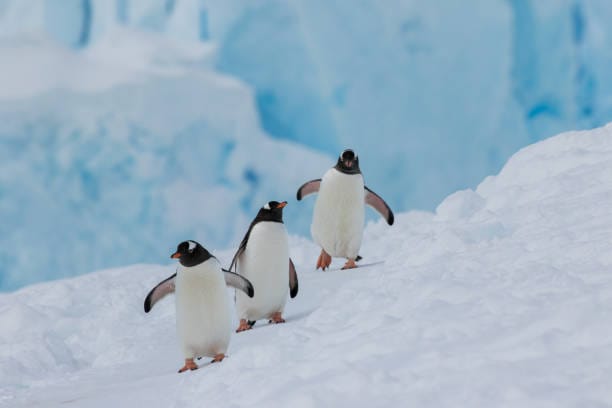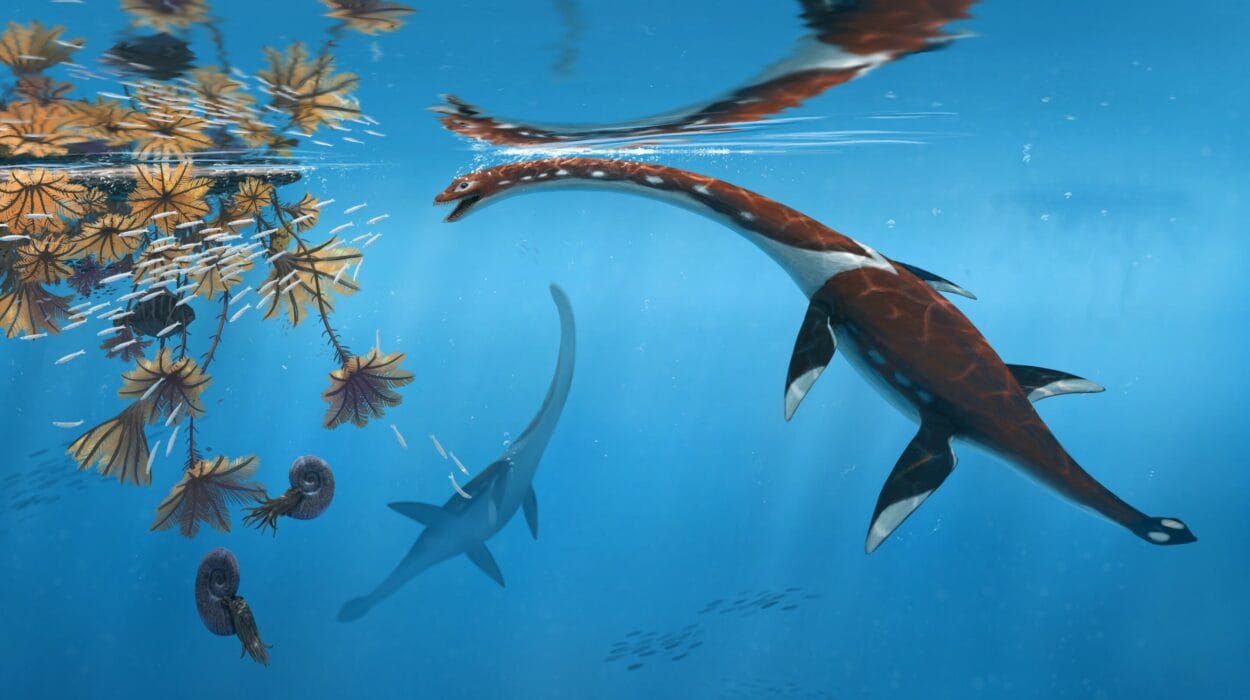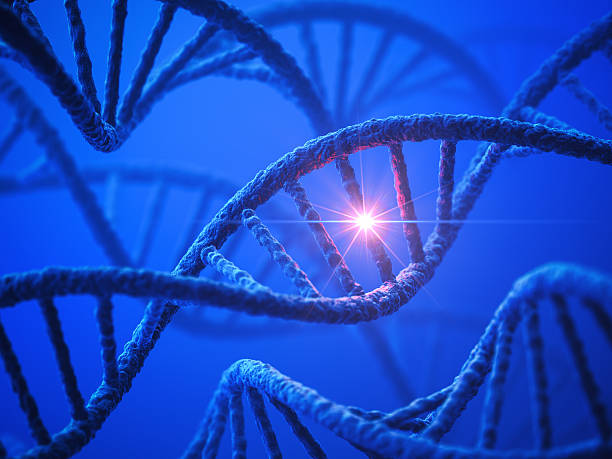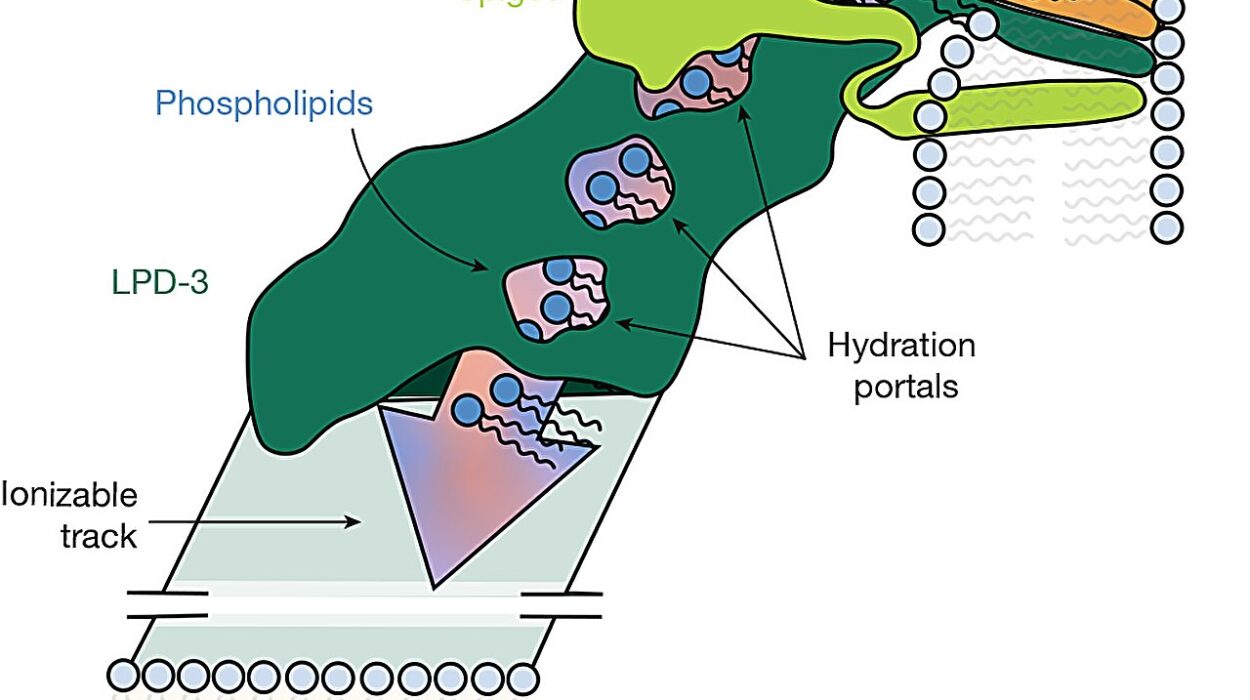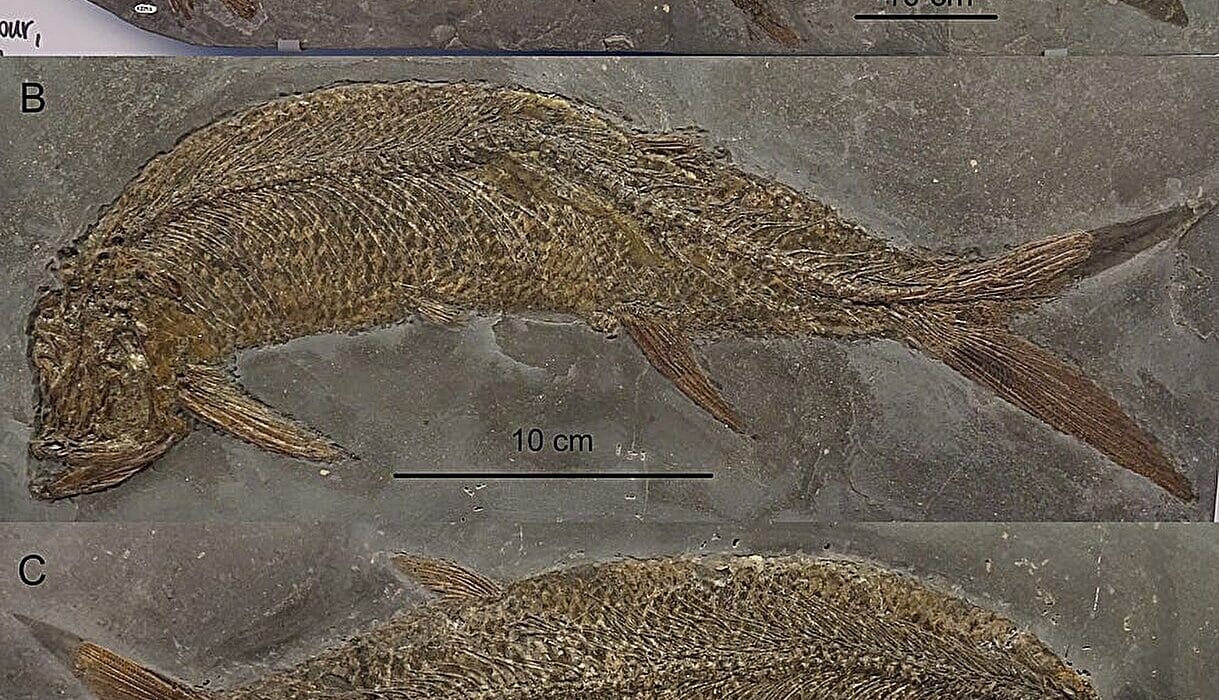Far beneath the pink-sand beaches and pastel-colored houses of Bermuda lies a shadowy underworld few have ever seen. It is a realm of darkness and still water, of silent stone corridors carved over millennia by ancient seas. This is the Walsingham cave system—an elaborate labyrinth of limestone tunnels and underground pools that houses one of the richest and most enigmatic ecosystems on Earth. Among its hidden inhabitants are eyeless shrimp, ancient crustaceans, and now, a newly discovered species of copepod that adds a vital piece to the puzzle of Bermuda’s evolutionary story.
Discovered in a quiet crevice of Roadside Cave, Tetragoniceps bermudensis is not just a new species—it’s a biological time capsule. Found by scientists from the University of Cambridge, the Bermuda Institute of Ocean Sciences, and the German Senckenberg am Meer Center for Marine Biodiversity Research, this minuscule crustacean is the first of its genus known to dwell in caves, and only the second member of its entire family, Tetragonicipitidae, to be identified in such an environment.
In a world where most new species are discovered in remote jungles or deep-sea trenches, T. bermudensis was hiding beneath the feet of Bermudians all along—living out its quiet existence in complete darkness.
The Discovery: From Obscurity to Scientific Spotlight
The journey to discovering Tetragoniceps bermudensis began not in a glittering lab, but crouched in the cool, damp silence of Roadside Cave. In 2016, researchers Sahar Khodami, Pedro Martinez Arbizu, and Leocadio Blanco-Bercial squeezed through a narrow corridor in Bermuda’s ancient limestone, part of a geological formation laid down millions of years ago by fossilized coral reefs. Their goal was to sample the microscopic life drifting in the water of these secluded pools.
The sample that would later yield T. bermudensis contained more than meets the eye. It wasn’t until 2024—after years of careful morphological analysis and genetic comparison—that Giovanni Mussini of the University of Cambridge, along with the original collecting team, confirmed the copepod was entirely new to science.
“This is the first of its genus ever found in a cave,” said Mussini. “And it’s the first from Bermuda. It’s an extraordinary example of how much of Bermuda’s biodiversity remains invisible to us.”
Only a single female, bearing a clutch of eggs, was found—her delicate body just fractions of a millimeter long. Yet even this lone individual carries enormous evolutionary significance.
What Is a Copepod—and Why Does It Matter?
Copepods are the unsung heroes of the marine world. Tiny and often translucent, they drift through oceans, lakes, and rivers by the trillions, forming the bedrock of aquatic food chains. Whales, fish, and seabirds all depend on these pint-sized crustaceans to survive. Scientists estimate there may be over 13,000 species of copepods—and many more yet to be described.
Yet despite their ubiquity in the open sea, copepods that dwell in caves are rare and biologically unusual. Caves present extreme conditions: total darkness, scarce food, and isolated ecosystems with little connection to the outside world. Only the most highly adapted creatures can survive in these hidden chambers.
Bermudensis is particularly special because it represents a possible early-diverging lineage—a group that split off long ago from other copepods and evolved in seclusion. Its closest relatives live far from caves, suggesting that T. bermudensis has been tucked away in Bermuda’s limestone sanctuary for millions of years, evolving in parallel to the outside world.
Endemism in the Depths: Why Bermuda’s Caves Are So Unique
Bermuda’s caves are ecological time capsules. Carved out over hundreds of thousands of years by rising and falling sea levels, they house one of the world’s highest concentrations of endemic cave-dwelling species—organisms found nowhere else on Earth.
Unlike mainland environments, island cave systems like those in Bermuda are isolated by both geography and geology. As a result, species that arrive here—either by sea or ancient land connections—become marooned. Over time, they adapt to their unique environment, often losing their eyesight and pigmentation, and developing specialized traits to survive in the darkness.
Bermudensis joins a rarefied group of these island oddities. Scientists believe it may have persisted undetected in Roadside Cave due to the complex, subterranean nature of its habitat. Its discovery hints that other unknown species may be hiding in the black waters and sedimented pools of Bermuda’s underworld, waiting for science to catch up.
A Life in the Shadows: The Ecology of Tetragoniceps bermudensis
What does life look like for a copepod that dwells in total darkness?
For one, it’s likely that T. bermudensis feeds on microbial life or organic detritus drifting through the water of the cave. With no light to support photosynthesis, the ecosystem must recycle whatever sparse nutrients it can—meaning every bit of algae, bacterial film, or decomposing matter becomes precious.
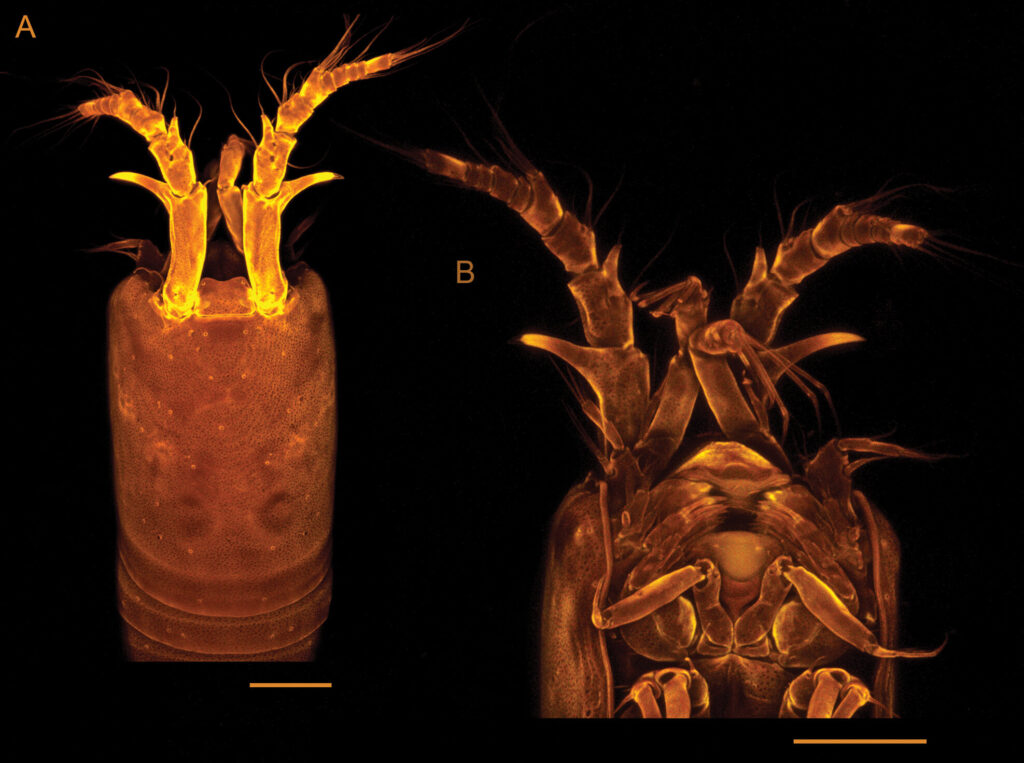
The copepod’s anatomy also tells a story. The specimen found was eyeless, an evolutionary trait common to cave dwellers, where eyes are useless in the absence of light. It bore long sensory antennae, which may help it navigate and detect food in its pitch-black surroundings.
Most striking of all is its isolation. Only one individual was found in years of searching, which suggests that the population could be extremely small—or simply elusive. Either way, its survival hangs by a thread, balanced on the health of its tiny corner of the Earth.
A Fragile Fortress: Threats to Bermuda’s Cave Ecosystems
As wondrous as Bermuda’s caves are, they are also perilously fragile. Roadside Cave, the home of T. bermudensis, is threatened by urban encroachment, pollution, sediment disturbance, and even the quiet footsteps of human curiosity.
“These caves may look rugged,” said Mussini, “but they are ecologically delicate. A single act of dumping, a collapsed structure nearby, or even an influx of sediment from above can irreparably damage these ancient systems.”
Caves depend on the surrounding landscape to remain healthy. Urban runoff can introduce toxins or nutrients that throw the ecosystem out of balance. Unauthorized entry—sometimes by tourists or locals—can stir up sediments, clog the filtration systems of tiny creatures, or even introduce foreign species.
For T. bermudensis, which may exist in a single population, such disruptions could spell extinction.
Conservation in the Underground
The discovery of Tetragoniceps bermudensis is more than a scientific footnote—it’s a wake-up call. While charismatic megafauna like whales, sea turtles, and coral reefs often dominate conservation headlines, these hidden, microscopic species are equally vital to biodiversity and ecosystem health.
Bermuda’s cave systems represent a globally unique natural laboratory—one that is still largely unexplored. Protecting them is not just about saving one copepod; it’s about preserving a whole lineage of life that exists nowhere else.
The researchers behind the discovery are calling for stronger protections for caves like Roadside Cave. These include formal designation as protected areas, public awareness campaigns, and strict enforcement against pollution and illegal access.
“Every cave species is a story of survival,” said Mussini. “And every story we lose is a chapter gone from the book of life.”
More Secrets Await
Bermudensis may be only the beginning. Advances in sampling techniques, genetic sequencing, and international collaboration are allowing scientists to peer more deeply than ever into the invisible corners of the natural world.
In Bermuda, that means more dives into ancient pools, more hours spent examining sediments under microscopes, and more mysteries to unravel. As the island continues to balance development with conservation, the hope is that discoveries like T. bermudensis will inspire a new respect for what lies beneath.
After all, science has barely scratched the surface of life on Earth. And sometimes, the most remarkable finds come from the smallest creatures—in the darkest, quietest places of all.
Reference: Giovanni Mussini et al, A new species of Tetragoniceps Brady, 1880 (Copepoda, Harpacticoida, Tetragonicipitidae) from an anchialine cave in Bermuda, with an updated key to the species of the genus, ZooKeys (2025). DOI: 10.3897/zookeys.1239.144436

